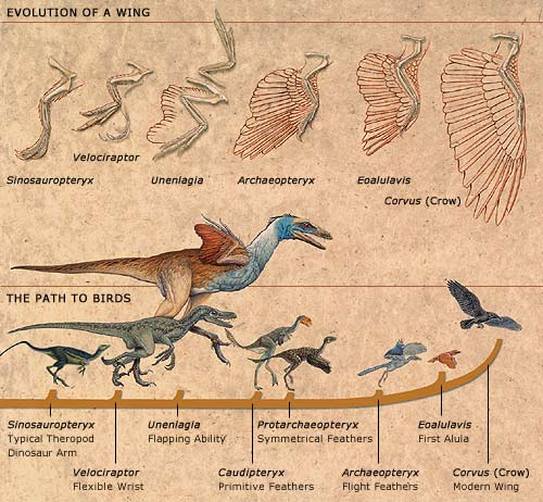Study: Dinosaur-Killing Asteroid Accelerated Bird Evolution

“Our hypothesis is that these important biological characters, which affect the rate of DNA evolution, may have been influenced by the K-Pg event,” said researcher Daniel Field.
According to a new study, bird biodiversity benefited from the asteroid that wiped out the dinosaurs approximately 66 million years ago.
The Cretaceous-Paleogene extinction event killed roughly 75 percent of all plants and animals. New research suggests the bird species that survived the event were likely smaller and had faster metabolic rates.
“There is good evidence that size reductions after mass extinctions have occurred in many groups of organisms,” Jacob Berv, a researcher and PhD candidate at Cornell University, said in a news release.
Scientists call the phenomenon the “Lilliput effect” — an ode to the Jonathan Swift novel Gulliver’s Travels.
In the latest study, published this week in the journal Systematic Biology, researchers argue smaller birds with shorter lifespans allowed for an accelerated rate of genetic evolution in the wake of the K-Pg extinction.
“Our hypothesis is that these important biological characters, which affect the rate of DNA evolution, may have been influenced by the K-Pg event,” said Daniel Field, a researcher at the University of Bath in Ireland.
The study’s findings could help resolve the so-called “rocks and clocks” debate. For some time, paleontologists and evolutionary biologists have been searching for a way to explain the discrepancies between fossil evidence and molecular clocks.
Molecular clocks estimate a species’ origin on the evolutionary timeline. They operate under the assumption that rates of genetic variation or change are constant. The clocks’ estimates often differ from species’ emergence in the fossil record.
Such differences could be explained by a brief acceleration of the avian molecular clock.
“The bottom line is that, by speeding up avian genetic evolution, the K-Pg mass extinction may have substantially altered the rate of the avian molecular clock,” Field said. “Similar processes may have influenced the evolution of many groups across this extinction event, like plants, mammals, and other forms of life.”
Many scientists have suggests the planet is on the verge of a sixth mass extinction, with large predators disappearing at an alarming rate due to climate change, hunting and habitat loss. The development could inspire a similar Lilliput effect.
“Right now, the planet’s large animals are being decimated — the big cats, elephants, rhinos, and whales,” said Berv. “We need to start thinking about conservation not just in terms of functional biodiversity loss, but about how our actions will affect the future of evolution itself.”
Source: www.upi.com








